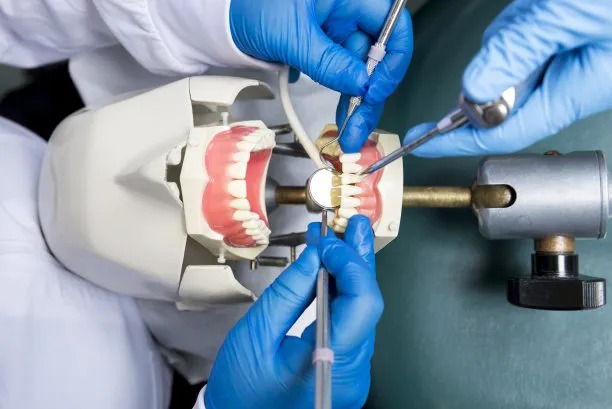Essential Precautions to Consider Before Undergoing Dental Filling Treatment for Optimal Oral Health Management
Summary: Dental fillings are a common treatment to restore teeth affected by decay or damage. However, before undergoing this procedure, it is essential to consider several precautionary measures to ensure optimal oral health management. This article discusses four key areas: understanding the different types of fillings, assessing personal health conditions, choosing a qualified dentist, and following post-treatment care instructions. By addressing these aspects, patients can enjoy a safe and effective dental filling experience that promotes long-term oral well-being.
1. Understanding Different Types of Fillings

Before deciding on dental filling treatment, it is crucial for patients to understand the various types of filling materials available. Common options include amalgam, composite resin, glass ionomer, and ceramic fillings. Each type has its own set of advantages and disadvantages, which can influence the decision based on the individuals needs.
Amalgam fillings, composed of a mixture of metals, are known for their durability and strength, making them suitable for back teeth. However, some patients may have aesthetic concerns due to their metallic appearance. On the other hand, composite resin fillings can match the color of natural teeth and provide a more visually appealing solution.
Additionally, glass ionomer fillings release fluoride, which can help protect the tooth from further decay. It is essential for patients to discuss their specific needs and preferences with their dentist to choose the most appropriate filling material for their situation.
2. Assessing Personal Health Conditions
Patients should consider their personal health conditions before proceeding with dental filling treatment. This consideration includes discussing any existing medical issues, allergies, and current medications with their dentist. Certain health conditions may affect the choice of filling material or the procedure itself.
For instance, individuals with allergies to specific metals may need alternative materials such as composite resins. Additionally, patients with heart conditions or weakened immune systems should inform their dental professional, as these factors may necessitate extra precautions during and after the treatment.
Moreover, understanding ones dental health history is vital. Previous dental work, sensitivity issues, or a high rate of tooth decay can influence the treatment process and the type of filling material required. Therefore, a thorough assessment ensures a tailored approach to dental filling that addresses all health considerations.
3. Choosing a Qualified Dentist
The selection of a qualified and experienced dentist is pivotal to the success of dental filling treatment. Patients should research dental professionals, looking for credentials, reviews, and recommendations from past patients. A skilled dentist will not only perform the procedure effectively but also provide valuable insights into managing oral health post-treatment.
Its also important for patients to communicate openly with their chosen dentist. Discussing worries, expectations, and treatment options can help build a trusting relationship, leading to a smoother experience. A dentist who listens and understands their patients concerns can offer a customized plan suited to their specific needs.
Additionally, checking whether the dental office adheres to infection control protocols is essential. A clean and well-managed practice ensures that patients receive treatment in a safe environment, minimizing the risk of complications.
4. Following Post-Treatment Care Instructions
After undergoing dental filling treatment, proper care is essential to ensure the longevity of the filling and overall oral health. Patients should follow their dentists post-treatment care instructions closely, including dietary recommendations and oral hygiene practices.
For instance, avoiding hard or sticky foods immediately after the procedure can help protect the filling from damage. Additionally, patients are usually advised to refrain from chewing on the side of the mouth where the filling was placed until the anesthetic wears off completely.
Regular follow-up appointments are also crucial for monitoring the fillings condition and addressing any concerns promptly. By adhering to these instructions, patients can maintain their dental fillings and promote long-term oral health.
Summary:
In conclusion, considering essential precautions before undergoing dental filling treatment can significantly impact oral health management. From understanding different filling types to assessing personal health conditions, choosing a qualified dentist, and following post-treatment guidelines, patients can enhance their treatment experience. With the right preparation and care, dental fillings can serve as a reliable solution for maintaining tooth integrity and overall dental health.
This article is compiled by Vickong Dental and the content is for reference only.


